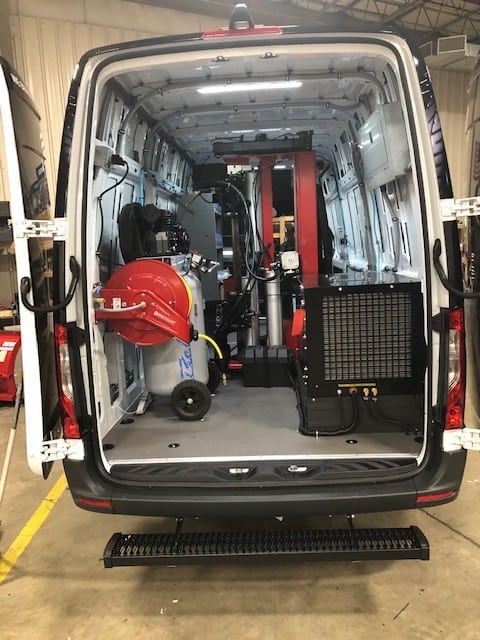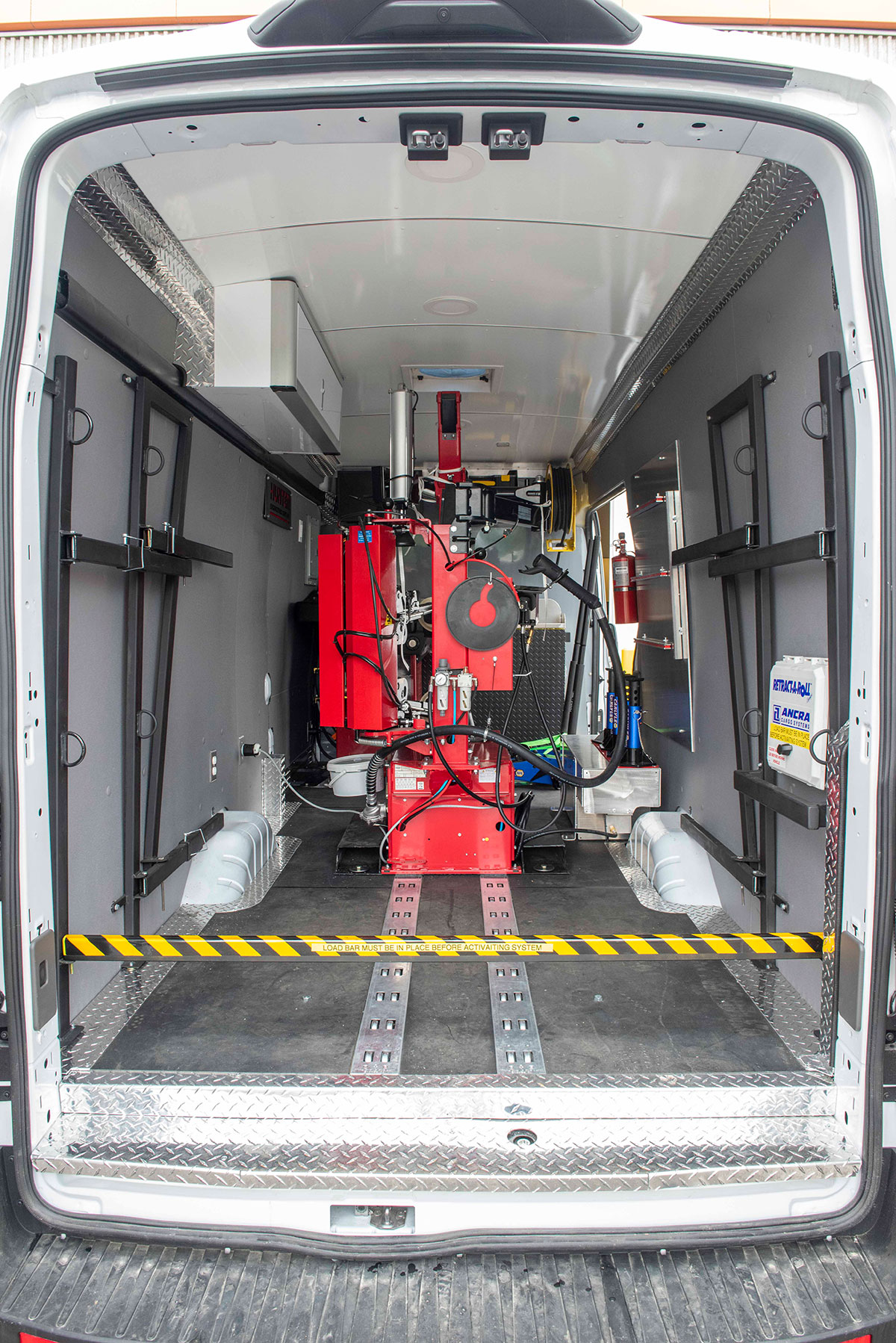Tire Solution: Proven Techniques for Optimum Tire Maintenance and Treatment
From guaranteeing proper tire stress to regular rotation and positioning, there are tested methods that can significantly prolong the life-span of your tires and boost overall driving experience. Let's delve into the globe of tire solution and discover the tricks to keeping your tires in superior shape for the long haul - Mobile Tire Replacement Las Vegas.
Significance of Tire Stress
Adequate tire pressure advertises better gas performance, as under-inflated tires can lead to enhanced rolling resistance, triggering the engine to function more difficult and eat more fuel. Right tire stress makes sure also step wear, improving tire durability and saving money in the long run by delaying the requirement for premature substitutes. Regularly inspecting and changing tire pressure, particularly previously lengthy journeys, is a straightforward yet effective means to enhance automobile efficiency, prolong tire lifespan, and focus on safety on the roadway.
Tire Turning Guidelines
When taking into consideration tire turning guidelines, it is vital to recognize the significance of this maintenance job in maximizing tire lifespan and preserving optimal lorry performance. Tire turning involves transforming the position of each tire on a vehicle to make certain also step wear. Front tires often tend to put on faster than rear tires as a result of steering forces, making normal rotation vital for balanced wear patterns. The suggested turning pattern differs depending on whether a lorry is front-wheel, rear-wheel, all-wheel, or four-wheel drive. Generally, tires should be revolved every 5,000 to 7,500 miles, or as recommended in the vehicle guidebook. Overlooking tire rotation can cause unequal wear, affecting handling, traction, and potentially compromising lorry security. By sticking to proper turning guidelines, vehicle drivers can extend the life of their tires, boost fuel effectiveness, and improve total driving experience. Regular turning is an easy yet effective upkeep method that contributes significantly to tire longevity and car efficiency.

Benefits of Wheel Positioning
Making certain proper wheel placement after tire rotation is important for keeping balanced wear patterns and taking full advantage of automobile performance. Wheel positioning describes the change of the angles of the wheels to the supplier's specs. Among the essential benefits of wheel alignment is enhanced dealing with and guiding feedback. When the wheels are appropriately aligned, it lowers steering effort, making certain a smoother and extra regulated driving experience. In addition, appropriate wheel alignment assists to prolong the life expectancy of your tires. Misaligned wheels can trigger click resources unequal tire wear, leading to premature tire substitute and increased maintenance prices.

Tire Tread Depth Examine
Doing a regular inspection of tire tread deepness is necessary for preserving safe driving problems and extending the lifespan of your tires. The step on your tires plays an important duty in supplying traction, specifically in wet or unsafe conditions. To inspect your tire walk depth, you can make use of a tread depth scale or the penny test. The recommended tread deepness is at least 2/32 of an inch. It is time to replace your tires to make sure optimal efficiency and safety and security on the roadway if the step depth Recommended Reading is listed below this threshold. Uneven tread wear can indicate concerns with tire suspension, positioning, or pressure, highlighting the value of regular walk depth checks. Overlooking to keep track of and keep correct walk deepness can cause lowered grasp, longer stopping distances, and a raised risk of hydroplaning. By including tire walk deepness checks into your routine upkeep schedule, you can drive with self-confidence understanding that your tires remain in leading condition.
Seasonal Tire Inspection
Seasonal tire assessment is a fundamental element of tire upkeep that ensures tires are prepared to deal with the challenges postured by different climate problems. In prep work for winter months, it is necessary to inspect the tire stress frequently as chilly temperature levels can cause tire stress to go down. By carrying out regular seasonal tire examinations, motorists can extend tire life-span, improve gas effectiveness, and most importantly, make sure a safe and secure driving experience in differing weather problems.
Verdict
In final thought, keeping appropriate tire stress, revolving tires routinely, lining up wheels appropriately, checking tread deepness, and conducting seasonal inspections are vital methods for ideal tire treatment. By complying with these verified methods, vehicle drivers can guarantee their tires last longer, carry out far better, and contribute to total lorry safety and security. It is very important to focus on tire upkeep to stop mishaps, improve gas efficiency, and prolong the life expectancy of tires.
Adequate tire pressure advertises far better gas efficiency, as under-inflated tires can lead to boosted rolling resistance, causing the engine to function harder learn the facts here now and consume even more gas.When considering tire turning guidelines, it is crucial to comprehend the value of this maintenance task in optimizing tire life expectancy and maintaining optimal vehicle efficiency. Seasonal tire evaluation is an essential facet of tire upkeep that makes sure tires are all set to face the challenges presented by various weather condition conditions. By carrying out routine seasonal tire evaluations, vehicle drivers can lengthen tire life-span, improve gas performance, and most significantly, guarantee a safe and secure driving experience in varying weather conditions.
In final thought, preserving appropriate tire pressure, rotating tires regularly, aligning wheels appropriately, monitoring step deepness, and carrying out seasonal assessments are important techniques for ideal tire care.